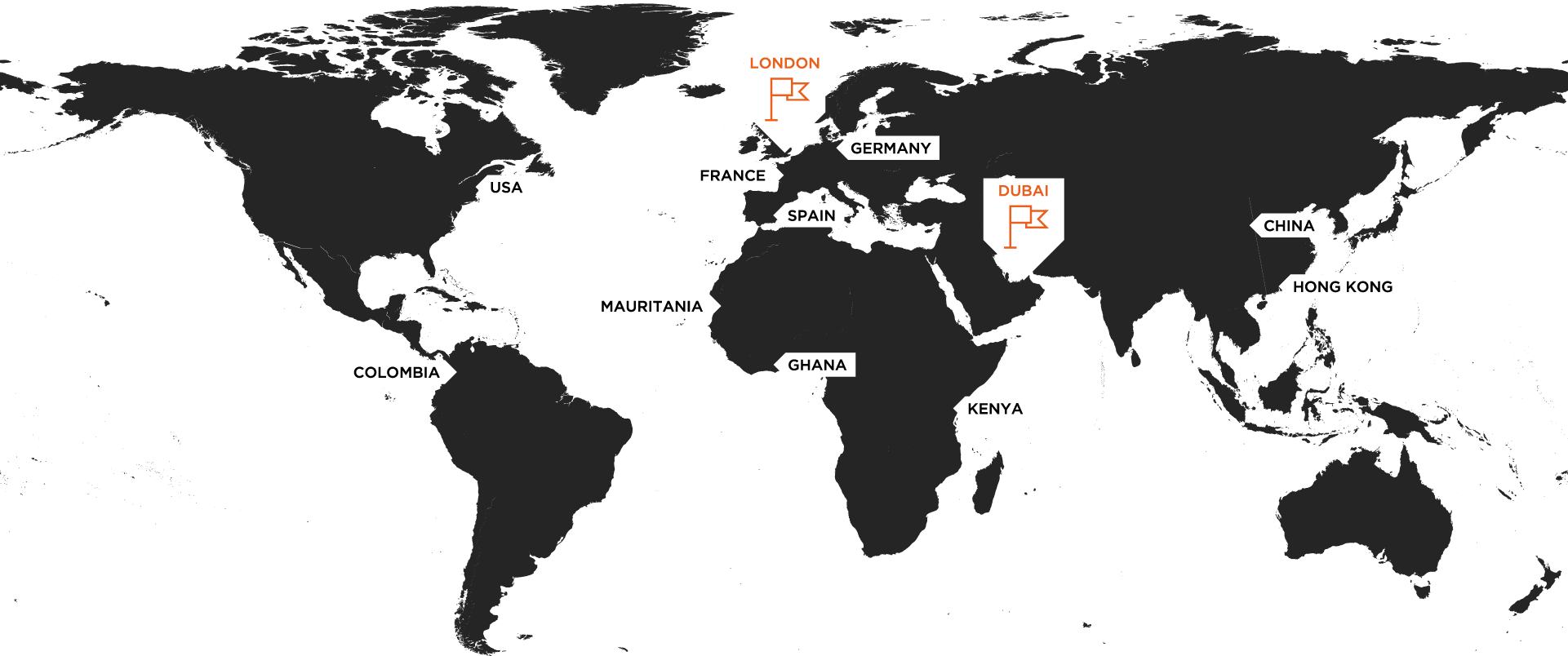Top Tips for Investigations
Download this article
With the frequency of investigations ever-increasing, and their scope and sophistication ever-evolving, the demands placed on investigative teams can be broad and complex. Collaboration is often key to achieving a robust outcome that can stand up to public or private scrutiny. Solesbury Gay and London Legal outline their “top tips”, knitting together their respective legal and technological expertise in this field.
Planning / Terms Of Reference
• Identify the objective and scope of the investigation at the outset. Too broad can be unmanageable and difficult to draw a conclusion, too narrow can be limited in terms of meaningful outcome.
• When setting the parameters, consider what you are hoping to achieve, date ranges, jurisdiction, contingency to expand/adapt scope of investigation, permissibility under law and/or organisation’s own rules, deadlines for preliminary/final reports, budget.
• Establish whether findings are to be confidential or made public, as this will impact ancillary measures (e.g. protecting against leaks, possible anonymisation of witness identities, media strategy).
Preservation Of Evidence
• Preservation of evidence should be actioned before any technical examination commences. Should electronic data need to be examined, the process must be robust, rigorous and reliable.
• Computer forensic technology adheres to The National Police Chiefs Council (NPPC) guidelines ensuring evidence is admissible in legal proceedings. It can preserve both live and deleted data as the recovery of information that has been inadvertently or purposefully deleted may prove crucial.
The Investigation Team
• Independent scrutiny (by a lawyer or law firm) is desirable, but they will likely need help.
• Depending on the scale and complexity of investigation, an investigation team may comprise a combination of legal, sector-specific, investigative, forensic, and IT expertise.
• A collaborative approach is essential to get a live view of the investigation, such as open channels for key case information/updates and access to centralised database(s).
Use Of Technology
• Each investigation is unique but technology (and utilising its full capability) can allow for a much more granulated and cost/time-efficient investigation to be implemented.
• Understanding where key evidence resides is crucial but interrogating business systems and popular enterprise platforms (e.g. O365, Google Workspace) and corporate communication tools requires technical expertise.
• Technology can be used to uncover facts, organise/present evidence and make informed decisions quickly, hence the use of experts to streamline otherwise complex processes.
Relationships With Third Parties
• Keep the media onside as much as possible, given its potential to impact/derail an investigation by reporting leaks and publishing conjecture.
• If there is criminal element to an investigation, it is vital to have cooperative dialogue and information-sharing means with local law enforcement.
Facilitating A Meaningful Outcome
• An investigation is only worthwhile if, subject to no concerns being identified, clear recommendations are made. These should be proportionate to the findings and actually implementable for the size, structure and resources of the relevant organisation.
• Recommendations might include mandatory or immediate action plans, and those to be implemented within a specified timeframe.
Offering A Right Of Response?
• Consider the requirement to offer those individuals who are criticised the right to comment on conclusions reached from the investigation (commonly known as “Maxwellisation”).
Tom Solesbury, Partner at Solesbury Gay; Henry Goldschmidt, Senior Associate at Solesbury Gay; and Graham Jackson, Director of eDiscovery Services at London Legal.
This information is provided for general purposes only and does not constitute legal advice.
Download this article

